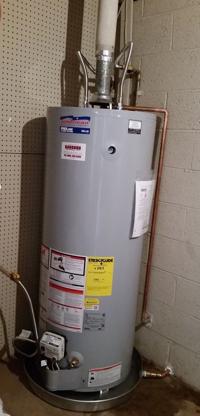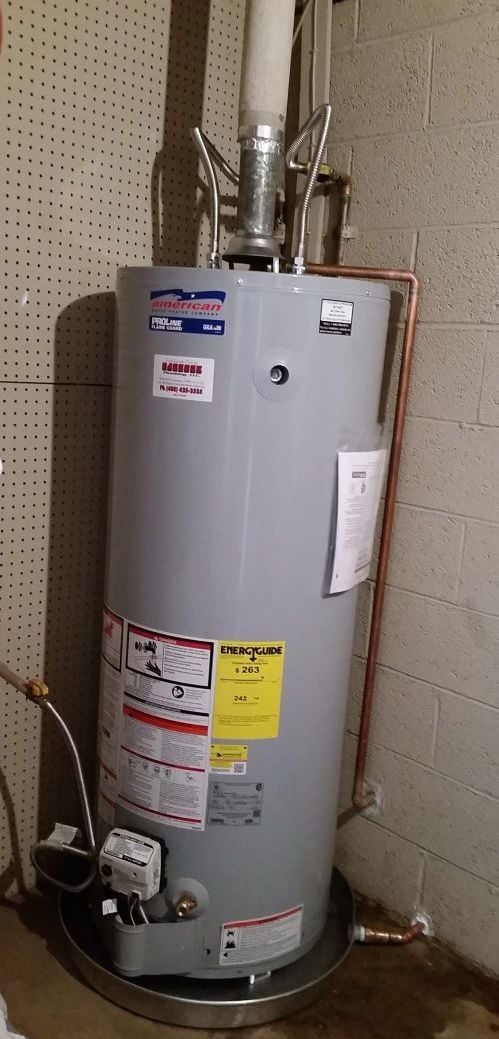Each year, thousands of Arizona residents email or call Rosie Romero’s radio show with questions about everything from preventing fires in their chimneys to getting rid of tree roots invading their sewer system. His goal is to provide answers that suit the specific lifestyle wherever someone lives in Arizona.
Q: I have lived in my manufactured house in Tucson for six years and have never drained my water heater. What are the proper steps to take? Can I drain the water that comes out of the heater into the plants outside?
A: You should drain your water heater at least once a year, and if you’ve never done that, you may not be able to do so because of the build-up of sediment in the tank. But in general, if you still want to try, first turn off the power or gas to the water heater and turn off the cold water supply of water into the heater.
Hook up a garden hose to the drain valve near the bottom of the tank and run the hose out to the yard. Open the drain valve. If the water does come out, you can drain it anywhere, provided the water is fairly cool; you don’t want to drain hot water on your lawn or plants. If nothing comes out when you open the drain, you can remove the hose and perhaps try to clean out the opening with a wire hanger or similar device. In that case the sediment may actually rush out suddenly onto the floor of your garage or closet. If, after all that, you succeed in getting the heater drained using the hose, you might try to run more water into the tank of the water heater so that you can drain it again and remove more sediment.
Q: I’m painting a burnt adobe red block home that has major cracks in between the bricks. What do I use to fix that before I paint? How do I caulk the cracks that follow the grout joints?
A: Before you start, take a 7-in-1 multipurpose painter’s tool and clean out or V-out the joints first to really clean up the damaged areas. Then blow out the debris with an air compressor to make sure the joints are really clean. Then you need to seal those joints with caulk so that they can withstand weather. I’d use a urethane elastomeric caulk that has some texture to it so that when you put it in with a caulking gun it will match the grout. Put in a bead of caulk in the crack and then feather it out so it spreads into the joint.
Q: First, we kept finding new little mounds of dirt next to the agaves in the front yard. Then I started finding them in the backyard near the agaves I had just planted. Are these mounds caused by gophers? And how can I get rid of them?
A: Some homeowners worry about using lethal methods to get gophers out of their yards. There are other devices in the marketplace — like vibrating rods that you plant in the soil that could scare gophers away. But some people who have used them say that they don’t work. We’d love to hear from residents whose solutions have had success.
Q: I have a lot of beautiful succulents that I planted in pots this spring after I saw them in San Diego, but they’re starting to look really droopy and some are dying. Is it the heat? Do I need to water them more often?
A: Probably most of those succulents are not heat tolerant. If you’ve seen them in San Diego, but you don’t see them growing here, probably they won’t work very well. Sometimes they don’t like too much water either and you may be watering them too much. If you’re looking for ones that do well here, try elephant’s food or something from the euphorbia family. Check out the Tucson and Phoenix botanical gardens for ideas.





